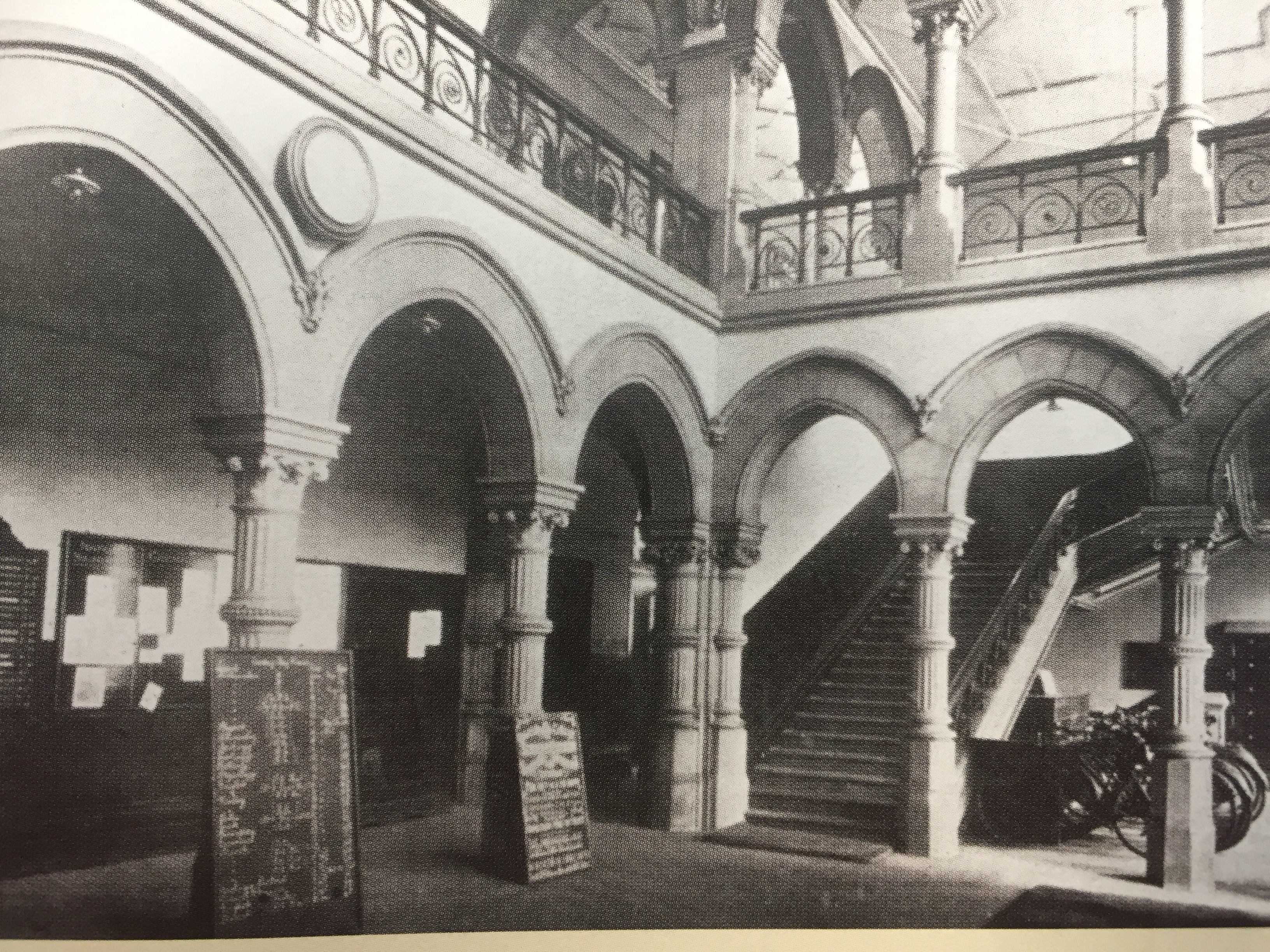
October 26, 2018, by Charlotte Anscombe
Nottingham in the war: How was the University estate used during the war?
Today, the University of Nottingham is well-known for its beautiful and vast estate. During WWI unlike the self-contained campuses today, there were University buildings spread across the city.
Here, we take a look at what happened to some of the University (then Nottingham University College) estate during the war.
Munitions factories
During World War One, men and women were trained in munitions work in the University College workshops, large buildings on Shakespeare Street in the City, now owned by Nottingham Trent University.
The engineering workshops were used by the firm Cammell Laird between 1915 and 1916 for testing work for National Projectile Factory at Kings Meadow.
Professor Bullied of the Engineering Department was released to become Chief Engineer of the Admiralty School of Mines in Portsmouth in 1917.
Munitions workers were trained there from 1915. A female instructor, Miss L Johnson, was recruited especially for this work.
Volunteer Aid Detachment (VAD) hospital
Around this time, the College operated a hostel, or a hall of residence, at Mapperley Hall.
This was converted for use as a Volunteer Aid Detachment (VAD) hospital for the duration of the war.
The presence of the VAD hospital brings in the issue of women at the College, and what their roles were during the war:
- A VAD Red Cross Society was formed for women students in 1914 and training was given to VAD nurses at the college
- A squad of women workers from the college spent time working at Ollerton, in North Nottinghamshire, singling turnips and spudding thistles to help with food production.
- Some women were taken on as lecturers during this time and, although this might be related to a shortage in male candidates because of the war, it’s difficult to prove a direct link. We know, for example, that Miss N M Brameld was taken on as lecturer in History in 1915, but this followed the dismissal of the Professor of History for non-war related issues.
Prisoner of war camp
The Sutton Bonington campus as we know it today was very different during the war. It was then Midland Agricultural College but in 1916 it became a Prisoner of War camp for German Officers. At times there were 600 or more German militia based there.
On 25 September 1917 it became the site of the largest single escape attempt of the War, when 22 military officers tunneled their way out before being recaptured. Read more in our blog.
No comments yet, fill out a comment to be the first

Leave a Reply